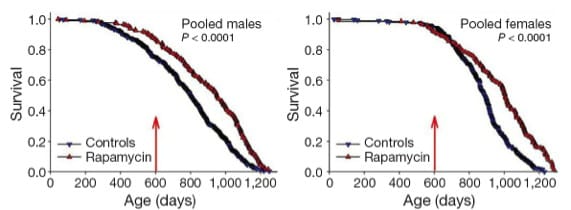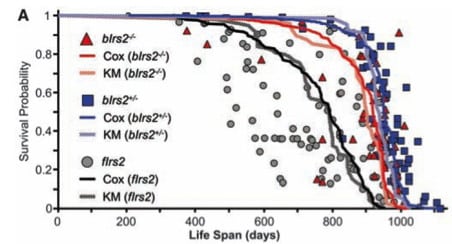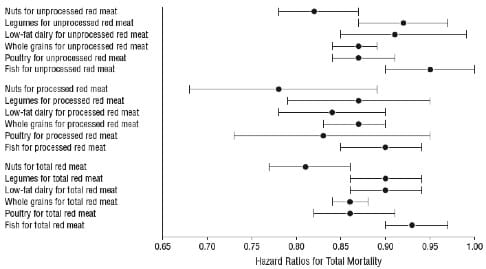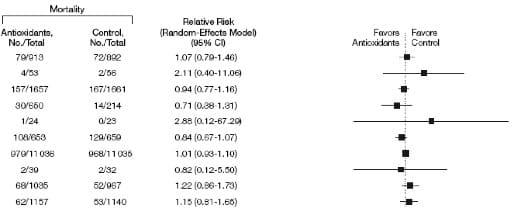MY RESEARCH
RESEARCH & PROJECTS
Dr. Verburgh is a medical doctor and researcher at the Center Leo Apostel for Interdisciplinary Studies (CLEA) at the Free University Brussels (VUB) and a member of the Evolution, Complexity and Cognition group at the Free University of Brussels.
His research interests are the aging process (biogerontology), evolutionary medicine, metabolism and nutrition.
He researches diets, foods, nutrients, medications and other interventions that can extend (healthy) lifespan and reduce the risk of aging-related diseases like cardiovascular disease, type 2 diabetes, neurodegenerative diseases (Alzheimer’s disease, Parkinson’s disease, Huntington’s disease, vascular dementia, …), sarcopenia (muscle loss), macular degeneration, osteoporosis, etc.
He examines how insights from the biogerontological field can be used to asses and predict the efficacy of dietary, nutritional or medical interventions aimed at reducing the risk of aging-related diseases and increasing healthy life span.
In this context, he created a new scientific discipline, called ‘nutrigerontology‘.
In addition, Dr. Verburgh has a keen interest in evolution, the origin and complexity of life, and neuroscience (consciousness, neurotheology, neuroesthetics, theory of mind and the origins of creativity) and has written two books on those subjects.

What kind of therapeutical interventions can extend (healthy) life span and why? (Image source: Rapamycin fed late in life extends lifespan in genetically heterogeneous mice, Nature, 2009)
Which mechanisms regulate the aging process? (Image source: Brain IRS2 signaling coordinates life span and nutrient homeostasis, Science, 2007)


What kinds of foods can reduce the risk of aging-related diseases? (Image source: Red meat consumption and mortality: results from 2 prospective cohort studies, Archives of internal medicine, 2012)
Contrary to countless health books and magazines, most antioxidants don’t extend life span. And the few substances that do extend average life span do so not because of their antioxidant activity (Image source: Mortality in Randomized Trials of Antioxidant Supplements for Primary and Secondary Prevention, Journal of the American Medical Association, 2007).


Foods like dark chocolate contain compounds that can reduce the risk of a heart attack or Alzheimer’s disease via various mechanisms (Source: Chocolate consumption and cardiometabolic disorders: systematic review and meta-analysis, British Medical Journal, 2011. Image: WikiCommons).
OTHER OR PREVIOUS PROJECTS
Project
Causes of aging (biogerontology), with an accent on brain aging (dementia, mild cognitive impairment, forgetfulness, …).
Neural tissue is the most vulnerable of all tissues to the aging process. There are several reasons for this. Neural cells are ten times more metabolically active compared to other cells. In the brain there are also many exitotoxic amino acids like glutamate that can damage or destroy neurons. Several neurotransmitters like dopamine are also autooxidizable, meaning that they can react with oxygen and create superoxide (a potent free radical). The brain also contains relatively large amounts of iron, that can create dangerously reactive hydrogen peroxide via the Fenton reaction. Neuronal membranes are rich in polyunsaturated fatty acids (like DHA) that can easily undergo lipid peroxidation. The brain contains very few amounts of catalase, an important antioxidant enzyme that converses hydrogenperoxide into water.
The vulnerability of neural tissue to the aging process explains why many diseases of aging involve neural tissue (like Alzheimers disease, Parkinson, amyotrophic lateral sclerosis, the lipofuscinoses, certain lysosomal storage diseases) and makes neural tissue, in vivo and in vitro, an ideal research object to unravel the many different and complex pathways involved in the aging process.
Sources
Halliwell, B., (20078) Oxidative stress and neurodegeneration: where are we now? Journal of neurochemistry, 97, 1634-1658
Kenyon, C. (2010). The Genetics of ageing. Nature 464, 504-512
Lansbury, P. et al (2006). A century-old debate on protein aggregation and neurodegeneration enters the clinic. Nature 443, 774-779
Project
tDCS (transcranial Direct Current Stimulation) of the brain for studying neural networks involved in morality and religion with the use of EEG and LORETTA transformation.
We propose a hypothetical unifying model of religion based on evolutionary socio-biological research and neuroimaging studies. In this model, self-consciousness is emphasized as an important generator of spirituality and morality. Changes in self-consciousness can bring about spiritual experiences (out-of-body experiences, autoscopy, dissociation, awareness of a presence), and self-other discrimination is involved in theory of mind (a moral faculty) and hyperactive agency detection (enabling belief in intentional entities). Additionally, the model emphasises cognition in religiosity (confirmation bias, minimally counterintuitive worlds, temporal lobe epilepsy and teleological thinking). Neuroimaging studies of religious and spiritual experiences show neural networks involved in self-consciousness, theory of mind, moral feelings and socio-cognitive processes.
Sources
Haidt, J. (2007). The new synthesis in moral psychology. Science, 316, 998-1002.
Harris, S. et al (2009). The neural correlates of religious and nonreligious belief. PLoS.One., 4,
Arzy, S. et al (2006). Induction of an illusory shadow person. Nature, 443, 287.
Kapogiannis, D., et al (2009). Cognitive and neural foundations of religious belief. Proc.Natl.Acad.Sci.U.S.A, 106, 4876-4881.
Gallese, V. (2007). Before and below ‘theory of mind’: embodied simulation and the neural correlates of social cognition. Philos.Trans.R.Soc.Lond B Biol.Sci., 362, 659-669.
Newberg, A., et al (2001). The measurement of regional cerebral blood flow during the complex cognitive task of meditation: a preliminary SPECT study. Psychiatry Res., 106, 113-122.

